Retail giants trust Mobile Device Data for network planning and catchment analysis
This post was originally published on Inside Retail Australia.
Retailers have found a new way to conquer the challenge of limited data availability in many Asian markets by using Mobile Device Data.
Yes, location-powered Mobile Device Data is the latest and most powerful tool for analysing customer origins and movement patterns.
With both population growth and growing disposable incomes, as well as an appetite for many retail formats, numerous Asian countries are becoming increasingly attractive for global retailers. But the Asian market is both enormous and very diverse, so customer profiling is essential for any retailer wanting to target its growth strategy to the most lucrative opportunities.
“Mobile Device Data is a game changer in terms of how retailers can substantiate network planning decisions and model their catchment areas. Mobile devices observed in specific locations, such as a retail store, can be linked with their common evening and daytime locations, such as ‘home’ or ‘work’, for example. When the data is visualised in the GapMaps platform, it’s a really effective tool.”
Mobile Device Data as a technology can be used to cost-effectively deliver a range of network planning functions, including:
– Understanding population densities and movements at a small area level, for both daytime and evening populations
– Identifying gaps for new business opportunities
– Forecasting trade area overlaps and sales cannibalisation
– Creating targeted local store marketing and advertising opportunities.
Increasingly retailers are moving to cloud-based mapping tools like GapMaps to help them make the best possible decisions in a data-driven, cost-effective manner. Instead of running customer origin surveys, which can incur huge costs and chew up lots of time for data entry, fieldwork and analysis, retailers are now looking for location intelligence platforms that are dynamic, global, flexible and cost-effective. Most importantly, Mobile Device Data can also generate more accurate results, drawing on massive volumes of customer data collected over years, rather than a small sample survey conducted over a few weeks.
That’s exactly what GapMaps offers. GapMaps is a global platform that is leading the way in Mobile Device Data analysis. The platform has successfully integrated device data as a new layer on its network mapping platform, providing deep insights into customer visitation patterns and movements during both daytime and evening. The GapMaps technology has been successfully used in many countries by a number of leading global retailers in quick-service restaurants, fast food, cafes, petrol retailing, health and fitness, child care and many other sectors. The platform is also widely used by many developers in these various sectors.
Where can you use GapMaps Mobile Device Data?
GapMaps can help any client analyse Mobile Device Data for any location in the world where mobile phones are extensively used.
Many GapMaps clients in India, Indonesia, Hong Kong and Taiwan are already using Mobile Device Data to define trade areas.
The data can be used for any location that attracts significant numbers of visitors, be it an individual retail store or shopping centre, quick service restaurant, gymnasium, sports arena, museum, entertainment venue or tourism precinct.
Real-time, large scale and cost-effective Mobile Device Data
Harnessing GPS information based on mobile phone activity at and around any selected location, the data are collected from mobile phones (devices) via one or more of hundreds of popular apps. These apps collect the data and feed it back to a central collection point.
GapMaps founder and managing director, Anthony Villanti says: “Mobile Device Data is a game changer in terms of how retailers can substantiate network planning decisions and model their catchment areas. Mobile devices observed in specific locations, such as a retail store, can be linked with their common evening and daytime locations, such as ‘home’ or ‘work’, for example. When the data is visualised in the GapMaps platform, it’s a really effective tool.”
Mobile Device Data offers the powerful combination of being real-time, Big Data, continual, flexible, easily replicable across locations or time periods, and cost-effective, because
– The observations are time stamped and therefore any period of analysis can be selected.
– The analysis can be easily repeated for multiple time periods and multiple locations. There are no limits.
– Any site or location can be analysed, including any competitor sites – no permissions are required.
The data is easily deployed via the user-friendly GapMaps platform, enabling insightful analysis (both tabular and pictorial) to be conducted and presented by any user – no technical expertise is necessary.
Combining such Mobile Device Data with demographic, government and industry statistics in India, Indonesia, Hong Kong, Taiwan and other countries throughout Asia, GapMaps can be used to inform and guide network strategy. It is already being used by hundreds of companies across a wide range of industries – from childcare and fast food to fitness, cafes, aged care, fashion retailing, entertainment destinations, financial services and more.





